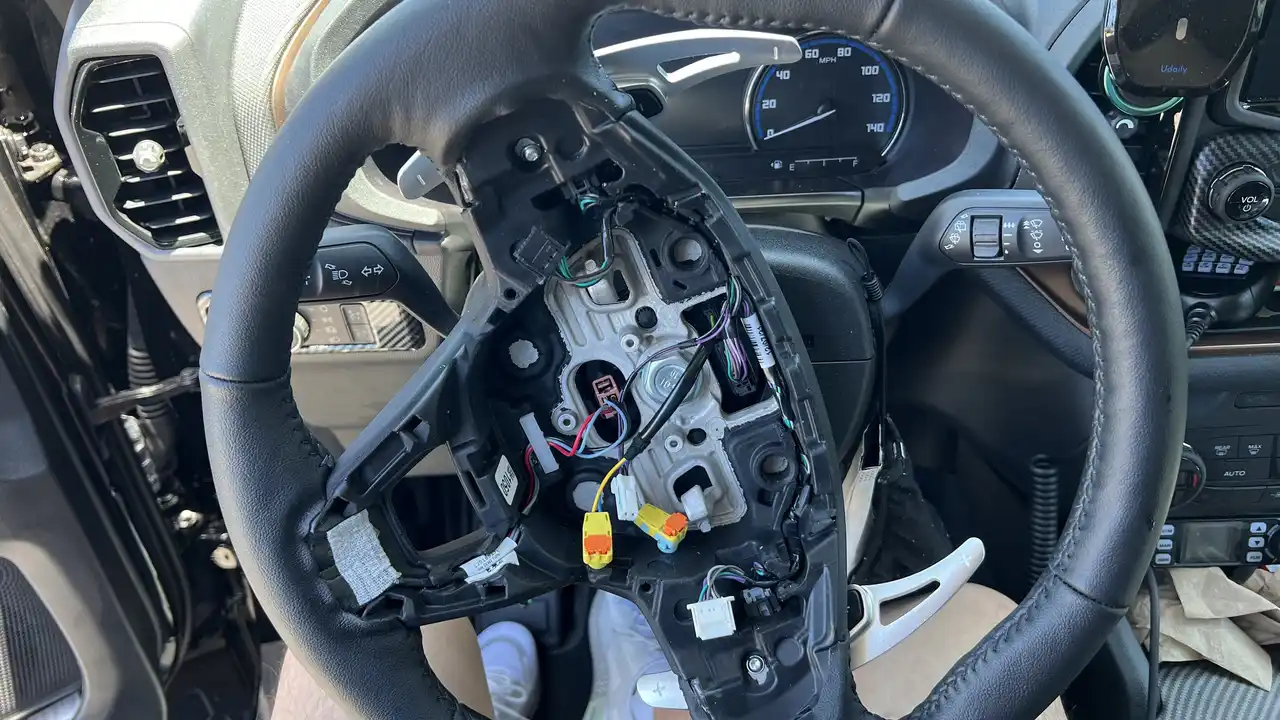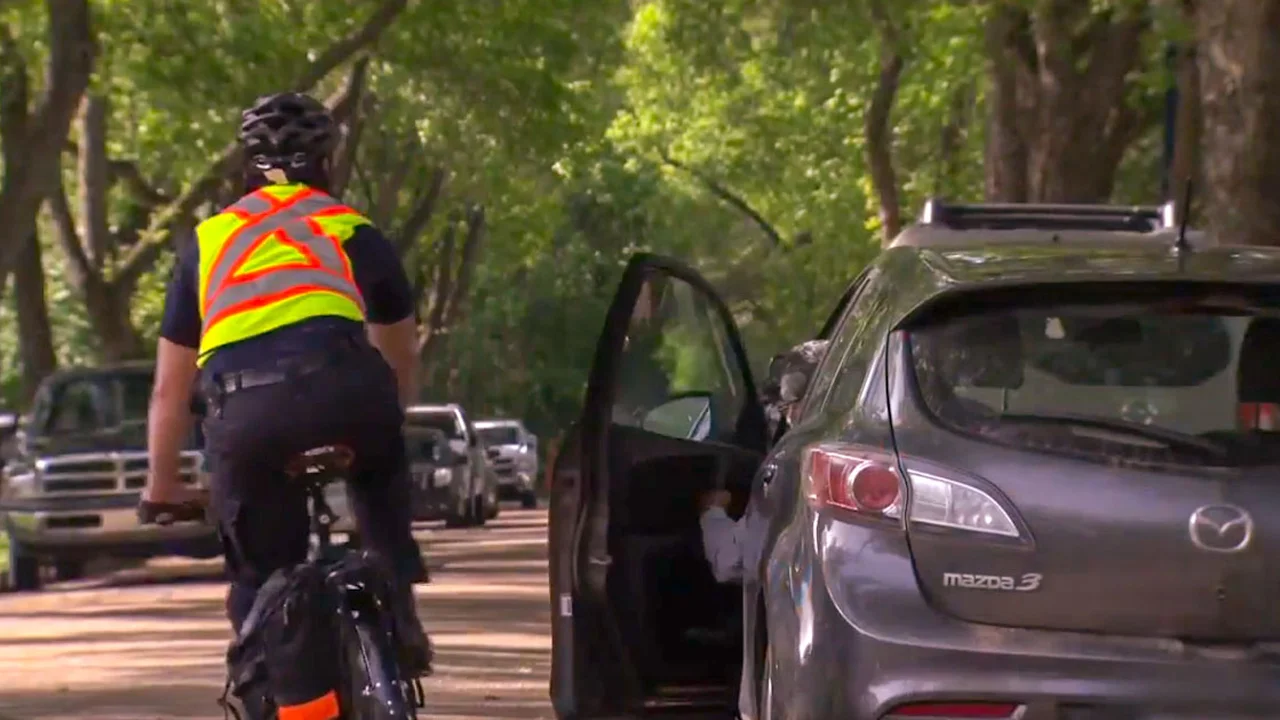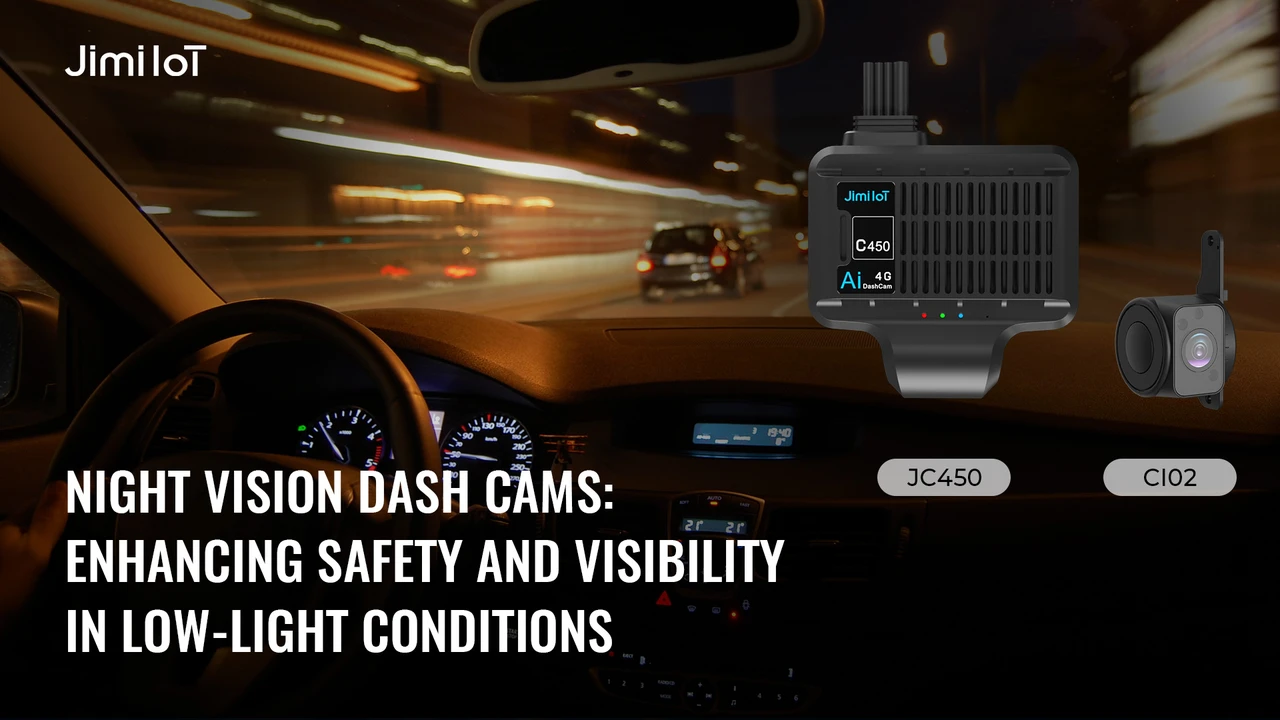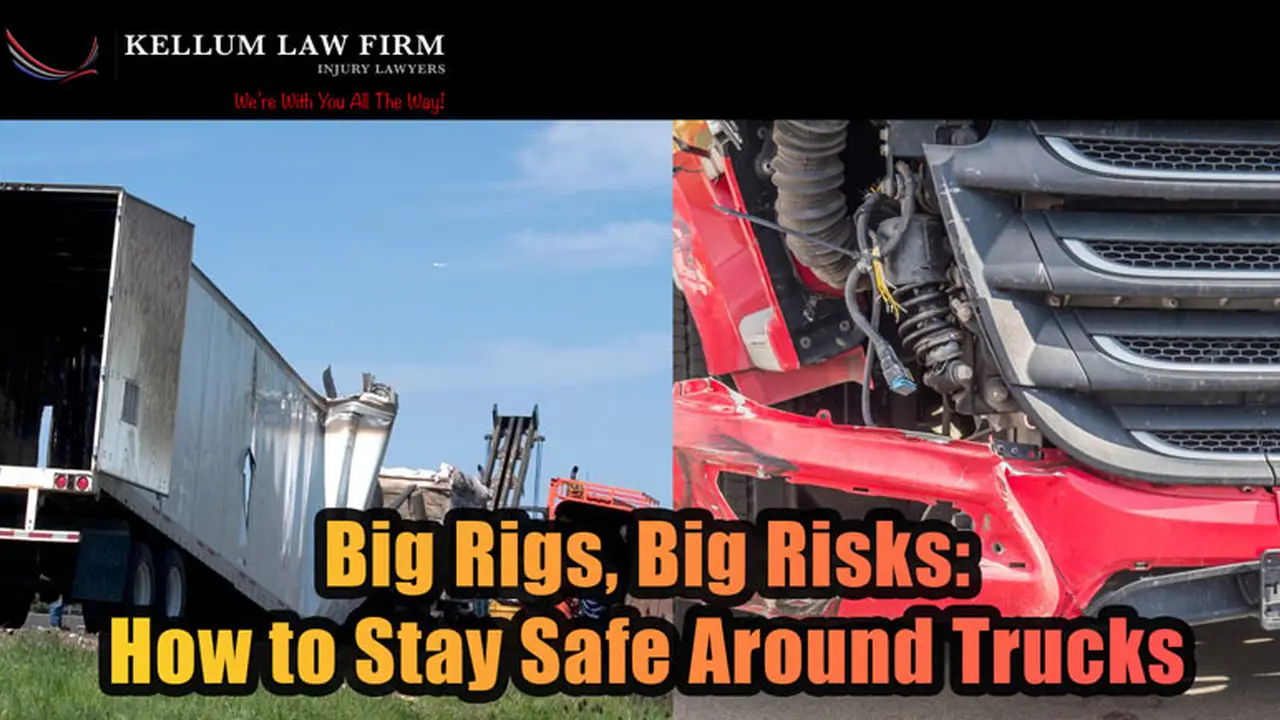Is a Larger Vehicle Always Safer? Debunking Common Myths
Sample meta description.

Vehicle Size and Safety Perceptions Understanding the Basics
Okay, let's dive right in. For years, we've been told that bigger is better, especially when it comes to cars. The idea is simple: a larger vehicle provides more protection in a crash. But is it really that straightforward? The answer, surprisingly, is no. While size does play a role, it's not the only factor determining safety.
Think about it. A massive SUV might seem invincible, but its higher center of gravity can make it more prone to rollovers. And a tiny, lightweight car might seem inherently dangerous, but modern engineering and safety features can make it surprisingly resilient. So, let's unpack some common myths and explore the real factors that contribute to vehicle safety.
Crashworthiness Ratings What Do They Really Tell Us
Crashworthiness ratings, like those from the IIHS (Insurance Institute for Highway Safety) and NHTSA (National Highway Traffic Safety Administration), are crucial for understanding a vehicle's safety performance. These ratings are based on a series of standardized crash tests that simulate real-world accidents. But how do you interpret them?
These tests evaluate how well a vehicle protects its occupants in different types of collisions, including frontal impacts, side impacts, and rollover crashes. The ratings are typically presented on a scale, with higher ratings indicating better protection. However, it's important to remember that these ratings are just one piece of the puzzle. They don't account for every possible crash scenario or every individual's driving habits.
For example, a vehicle might score well in frontal crash tests but poorly in side-impact tests. Or it might perform well with adult occupants but not as well with children. It's essential to look at the overall picture and consider your specific needs and circumstances.
Vehicle Design and Engineering The Secret Sauce of Safety
Vehicle design and engineering play a huge role in crash safety. Modern vehicles are designed with a range of safety features, both active and passive, that work together to protect occupants in a crash. Active safety features, like anti-lock brakes (ABS) and electronic stability control (ESC), help prevent accidents from happening in the first place. Passive safety features, like airbags and seatbelts, minimize injuries in the event of a crash.
But it's not just about adding features. It's about how those features are integrated into the overall vehicle design. For example, the structural integrity of the vehicle's frame is crucial for absorbing and distributing crash forces. Crumple zones are designed to collapse in a controlled manner, dissipating energy and protecting the passenger compartment.
High-strength steel and other advanced materials are used to reinforce critical areas of the vehicle, making it more resistant to deformation in a crash. And advanced airbag systems are designed to deploy in a specific sequence and with varying levels of force, depending on the severity of the impact.
Myth Busting Is Bigger Always Better in Vehicle Safety
Let's tackle the big question: is a larger vehicle always safer? The short answer is no. While a larger vehicle might offer more protection in some types of crashes, it's not a guarantee of safety. In fact, in some cases, a smaller vehicle can actually be safer.
One reason is that larger vehicles tend to be heavier, which can make them more difficult to maneuver and stop. This can increase the risk of accidents, especially in emergency situations. Additionally, larger vehicles often have higher centers of gravity, making them more prone to rollovers. Smaller vehicles, on the other hand, tend to be more agile and responsive, which can help drivers avoid accidents in the first place.
Another factor to consider is the type of crash. In a collision between a large vehicle and a small vehicle, the occupants of the smaller vehicle are more likely to be injured. However, in a single-vehicle crash, such as a rollover or a collision with a fixed object, a smaller vehicle might actually offer better protection due to its lower center of gravity and more nimble handling.
Specific Vehicle Recommendations and Comparisons for Optimal Safety
Alright, let's get into some specific vehicle recommendations. Remember, the "best" vehicle depends on your individual needs and priorities. I'll focus on safety, but also consider factors like fuel efficiency, price, and practicality.
H2 Safe and Reliable Family SUV Volvo XC90 Safety Features and Price
The Volvo XC90 consistently earns top safety ratings. Its robust safety cage, advanced driver-assistance systems (ADAS), and comfortable interior make it ideal for families. Features like Pilot Assist (semi-autonomous driving) and City Safety (automatic emergency braking) are standard. It’s designed with crumple zones that effectively absorb impact. The XC90 offers excellent protection in both frontal and side impacts. The price range typically starts around $50,000.
Use Case: Ideal for families needing a spacious and safe vehicle for daily commutes and long road trips.
H2 Compact and Fuel-Efficient Honda Civic Safety and Fuel Economy
Don't underestimate the Honda Civic! It consistently scores well in crash tests and offers a surprising array of safety features for a compact car. Honda Sensing, a suite of ADAS features including adaptive cruise control and lane departure warning, is standard on many trims. The Civic also boasts a strong safety cage and advanced airbag system. It's also incredibly fuel-efficient. Prices generally start around $23,000.
Use Case: Perfect for city dwellers or commuters looking for a safe and economical vehicle.
H2 Electric and Safe Tesla Model 3 Electric Car Safety and Technology
The Tesla Model 3 stands out with its impressive safety record and cutting-edge technology. Its low center of gravity due to the battery pack contributes to excellent stability. The Model 3 features advanced driver-assistance systems like Autopilot, enhancing safety. The vehicle's structural design provides strong protection in crashes. The price range typically starts around $40,000.
Use Case: Ideal for tech enthusiasts wanting a safe, electric vehicle with advanced features.
H2 Truck Safety Ford F-150 Crash Test Ratings and Capability
The Ford F-150 has made significant strides in safety. Recent models feature a high-strength steel frame and advanced airbag system. Available ADAS features include blind-spot monitoring and lane-keeping assist. While it's a truck, it performs surprisingly well in crash tests. Prices can vary widely depending on the configuration, but generally start around $35,000.
Use Case: Best for individuals needing a capable truck for work or recreation, with a focus on safety.
Comparing the Vehicles: Features, Safety, and Price
Let's break down how these vehicles stack up against each other:
* **Volvo XC90:** Excellent safety ratings, spacious interior, high price point. Best for families prioritizing safety and comfort, willing to spend more. * **Honda Civic:** Great safety for a compact car, fuel-efficient, affordable. Ideal for budget-conscious buyers needing a reliable and safe commuter vehicle. * **Tesla Model 3:** High safety ratings, electric, technologically advanced, mid-range price. Suitable for tech enthusiasts and those wanting an eco-friendly and safe vehicle. * **Ford F-150:** Improved safety features, versatile truck, wide price range. Best for those needing a truck for work or recreational purposes, with a focus on safety.Understanding Product Features and Usage Scenarios for Enhanced Vehicle Safety
Let's delve deeper into the features that make these vehicles safer and how they're used in real-world scenarios.
Volvo XC90 Pilot Assist and City Safety Scenarios
The Volvo XC90's Pilot Assist is a semi-autonomous driving system that assists with steering, acceleration, and braking on well-marked roads. In highway driving, Pilot Assist can help maintain a safe following distance and keep the vehicle centered in its lane, reducing driver fatigue. City Safety, the automatic emergency braking system, detects pedestrians, cyclists, and other vehicles in front of the car. If a collision is imminent and the driver doesn't react, City Safety automatically applies the brakes, mitigating or preventing a crash. Imagine driving in heavy traffic; City Safety can be a lifesaver.
Honda Civic Honda Sensing in Daily Commuting
The Honda Civic's Honda Sensing suite includes adaptive cruise control (ACC), which maintains a set following distance from the vehicle ahead. Lane Keeping Assist System (LKAS) gently steers the car back into its lane if it detects drifting. These features are especially useful during daily commutes. For instance, ACC reduces the stress of stop-and-go traffic, while LKAS helps prevent unintentional lane departures on highways.
Tesla Model 3 Autopilot Technology and Safety Benefits
The Tesla Model 3's Autopilot system enhances safety through features like traffic-aware cruise control and automatic emergency braking. Autopilot uses advanced sensors and cameras to monitor the vehicle's surroundings. In congested city driving, Autopilot can help maintain a safe distance from other vehicles and avoid collisions. The Model 3's low center of gravity also contributes to stability, reducing the risk of rollovers.
Ford F-150 Blind Spot Monitoring for Towing
The Ford F-150's blind-spot monitoring system is particularly useful when towing. It alerts the driver to vehicles in the truck's blind spots, as well as in the blind spots of the trailer. This is crucial for preventing accidents when changing lanes with a trailer attached. The F-150's high-strength steel frame also provides enhanced protection in the event of a crash. When backing up a trailer, the Pro Trailer Backup Assist is invaluable.
The Importance of Regular Maintenance and Tire Pressure for Optimal Vehicle Safety
Even the safest vehicle is only as safe as its maintenance allows it to be. Regular maintenance, including oil changes, brake inspections, and tire rotations, is crucial for ensuring that all safety systems are functioning properly. Proper tire inflation is also essential for maintaining optimal handling and braking performance. Underinflated tires can reduce fuel efficiency and increase the risk of a blowout. Check your tire pressure regularly and inflate to the recommended level, which can be found on the sticker inside the driver's side door or in the vehicle's owner's manual.
Driving Habits and Driver Education for Accident Prevention
Ultimately, the most important factor in vehicle safety is the driver. Safe driving habits, such as avoiding distracted driving, obeying traffic laws, and maintaining a safe following distance, are essential for preventing accidents. Driver education courses can also help improve driving skills and increase awareness of potential hazards. Defensive driving techniques can teach drivers how to anticipate and react to dangerous situations on the road. Remember, even the safest vehicle can't protect you from a reckless driver.
:max_bytes(150000):strip_icc()/277019-baked-pork-chops-with-cream-of-mushroom-soup-DDMFS-beauty-4x3-BG-7505-5762b731cf30447d9cbbbbbf387beafa.jpg)






